Cybersecurity Under Siege: 2025’s Most Dangerous Threats
In 2025, the cybersecurity threat ecosystem is much more vibrant and dangerous than ever before. As new technologies evolve, attackers are finding new ways to exploit security gaps by exploiting and accessing advanced technologies and human vulnerabilities.
This article analyzes the cybersecurity threats in the 2025 Interim Reports, looking at the latest reported developments and also analyzing the patterns they all have in common. In addition, the article focuses on thorough and systematic threat management, analysis, intelligence feeds and monitoring to proactively address issues, using the frameworks discussed in chapter four.
The hottest topics for cybersecurity threats in 2025
The following threats will be the absolute emerging issues in cybersecurity in 2025 based on the issues discussed in the leading reports:
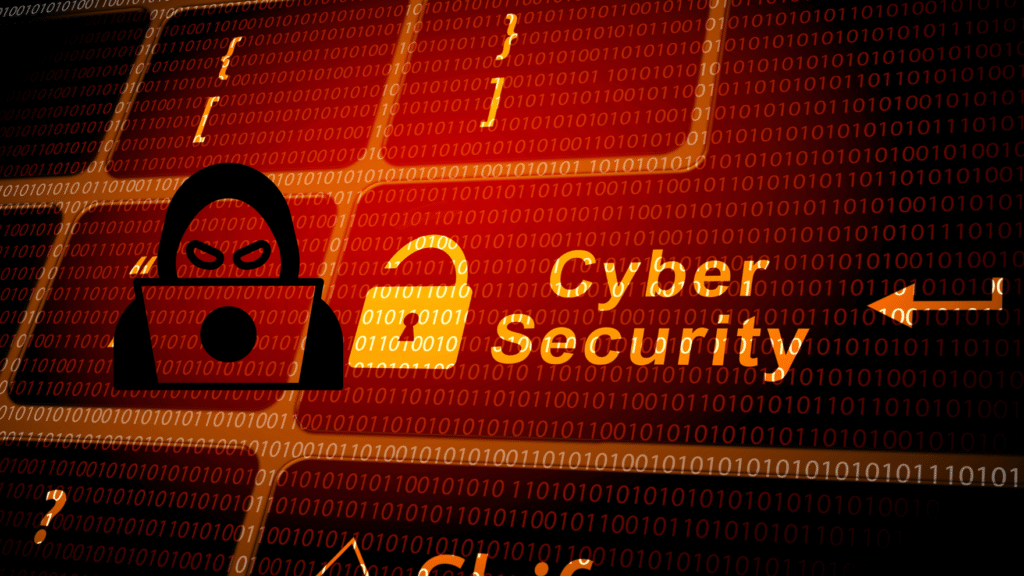
AI-driven malware
AI and machine learning have pushed the boundaries, and cybercriminals are taking advantage of this AI. By editing the code, malware mutates, embeds itself deep into systems and evades detection. The adaptations these threats bring are almost impossible to manage without the use of advanced, all-encompassing anomaly detection frameworks and zero-day attack prevention tools (SentinelOne)
Ransomware-as-a-Service (RaaS)
The average recovery cost of advanced attacks RaaS platforms enable even non-technical attackers to execute sophisticated ransomware attacks for $2.73 million from critical infrastructure, financial, healthcare and even duplicate extortion.
Supply chain attacks
Attacks on third-party vendors allow hackers to target multiple organizations simultaneously. The SolarWinds attack from 2020 is a prime example of this type of intrusion and its far-reaching consequences, a trend that will continue to grow through 2025 (Cloud Security Alliance).
Social engineering via deepfakes
Deepfake technology cleverly impersonates influential people, making it easy to trick low-ranking employees into revealing company secrets or transferring money. Such impersonations are all the more common the more people work from home, which is why strict vetting processes and training for employees are essential.
Insider threats
These new hybrid ways of working increase the threat from insiders – both intentional and unintentional. Poorly configured systems, weak access controls and deliberate sabotage lead to data breaches and security vulnerabilities.40% of insider threats are related to identifiable trigger actions that can be easily identified and managed through robust behavioral analytics.
Vulnerabilities of cloud containers
With the transition to cloud-native structures, containers pose a risk. Attackers can exploit unconfigured or unpatched container images. To counter these risks, security must be integrated into DevOps processes from the outset, also known as “shift left”
5G and edge security risks
5G as an attack surface and target increases the number of potential targets with vulnerable IoT devices. Edge environments are best protected with regular firmware updates and segmented networks.
Threats from quantum computers
Quantum computers pose a threat, even if they are not yet widespread, as they compromise almost all encryption methods. There is a strong motivation to hoard encrypted data in order to decrypt it later, prompting organizations to reconsider the use of post-quantum cryptography.
Nation-state cyber espionage
State-sponsored cybercriminals are deploying advanced persistent threats against government agencies, defense contractors and critical industries. This trend is fueled by geopolitical conflicts. Therefore, cooperation and threat intelligence sharing is essential (World Economic Forum).
Convergence of IT and OT security
IT and OT (Operational Technology) systems are merging with critical infrastructures, leading to a blending of production and sensitive areas. The merging, physically vulnerable systems pose new threats. OT security software is therefore essential for such areas.
Common characteristics of cybersecurity threats
Despite all the differences, cybersecurity threats in 2025 share some common characteristics:
Exploited human factors
Phishing and social engineering with deepfakes that exploit trust are examples of exploiting the human factor. The 442 increase in vishing (voice phishing) in 2024 shows that the reliance on behavioral compliance is overwhelming.
Technologies on the rise
Cyber criminals are using AI, machine learning and even quantum computing to make their attacks increasingly sophisticated. AI-powered malware and deepfake campaigns are prime examples of this.
Targeted, multi-layered systems
Whatever you want to attack: Supply chain, cloud or an IoT exploit. Modern networked systems are a goldmine, so a single attack can work wonders.
Speed and sophistication
Alarming figures show that the outbreak time of eCrime is 51 seconds, as 79% of malware is not detected. Outdated defense mechanisms cannot keep up.
Global and networked nature
Cyber threats are a problem that all companies face, regardless of their geographical location. Examples such as supply chain attacks and government espionage illustrate the impact of cyber attacks within and across industries.
Threat management and defense
Effective threat management for cyber security in 2025 requires a multi-layered approach:
Threat analysis and intelligence feeds
Organizations need to fully leverage real-time threat intelligence to monitor and combat evolving risks. CrowdStrike’s Counter Adversary Operations team, for example, provides actionable insights by tracking 257 adversaries.
Threat monitoring
AI tools for anomaly detection and real-time threat processing are essential given the speed of modern attacks.
Zero trust architectures
Each request can be re-validated as separate and enforced with micro-segmentation to prevent lateral movement. This makes Zero Trust the leading trend of 2025.
Employee training
Social engineering, especially using deepfakes, must be combated using comprehensive security awareness training programs focused on phishing.
Supply chain security
Conducting rigorous supplier assessments coupled with constant monitoring minimizes the likelihood of supply chain compromises.
Conclusion
The cybersecurity threats of 2025 mark a new era in their sophistication and agility, as cybersecurity strategies are rapidly becoming obsolete! With malware thanks to AI and espionage attacks by states, these threats are very dangerous for companies. But don’t worry! Built-in zero trust security frameworks, machine learning enhanced ZTNA, earlier AI security, bypassable third-party verified access to borders, increased employee harassment and securing weaker supply chains go a long way in reducing these adversities! In today’s world, staying vigilant through active threat intelligence and holistic monitoring is paramount.
Key Citations
- 10 Cyber Security Trends For 2025
- The Emerging Cybersecurity Threats in 2025
- The Cyber Threats to Watch in 2025
/galaxy-s26-gets-smarter-samsung-taps-perplexity-ai-for-future-phones/
/nintendo-switch-2-release-date-price-and-features/
/playstation-state-of-play-june-2025-what-you-should-prepare-for/
/nintendo-switch-2-at-walmart-here-is-how-you-can-pre-order-it/
/apple-ios-26-expected-features-after-the-upcoming-announcement/

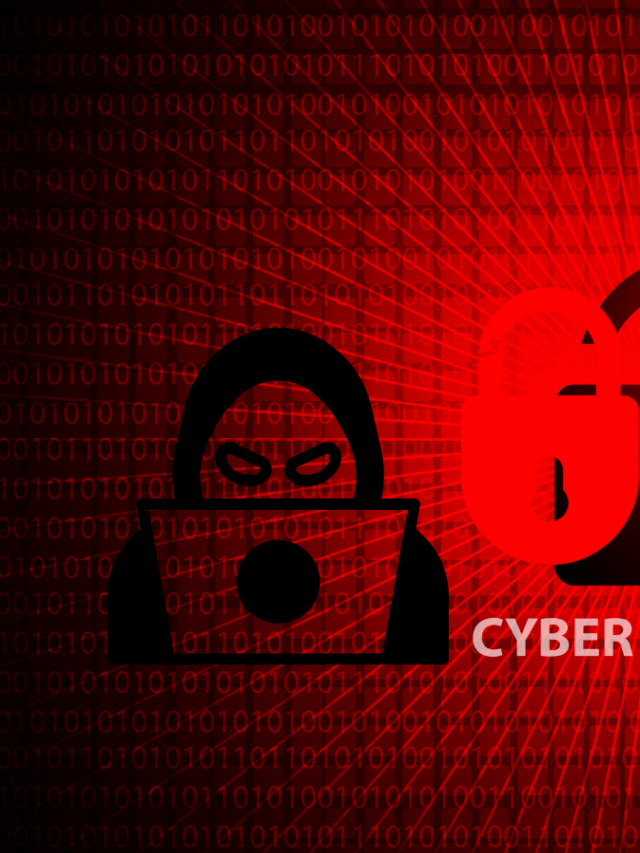

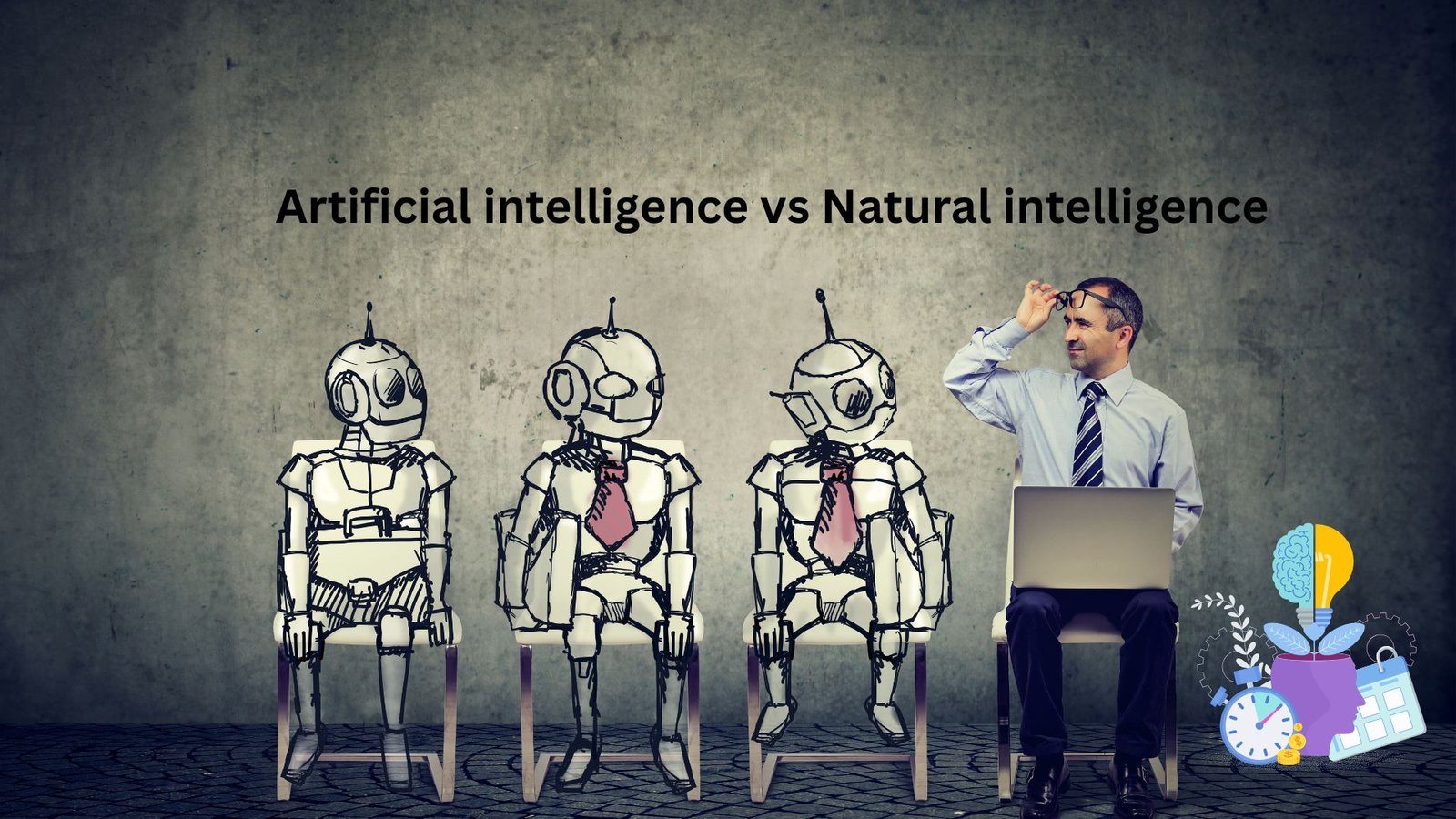
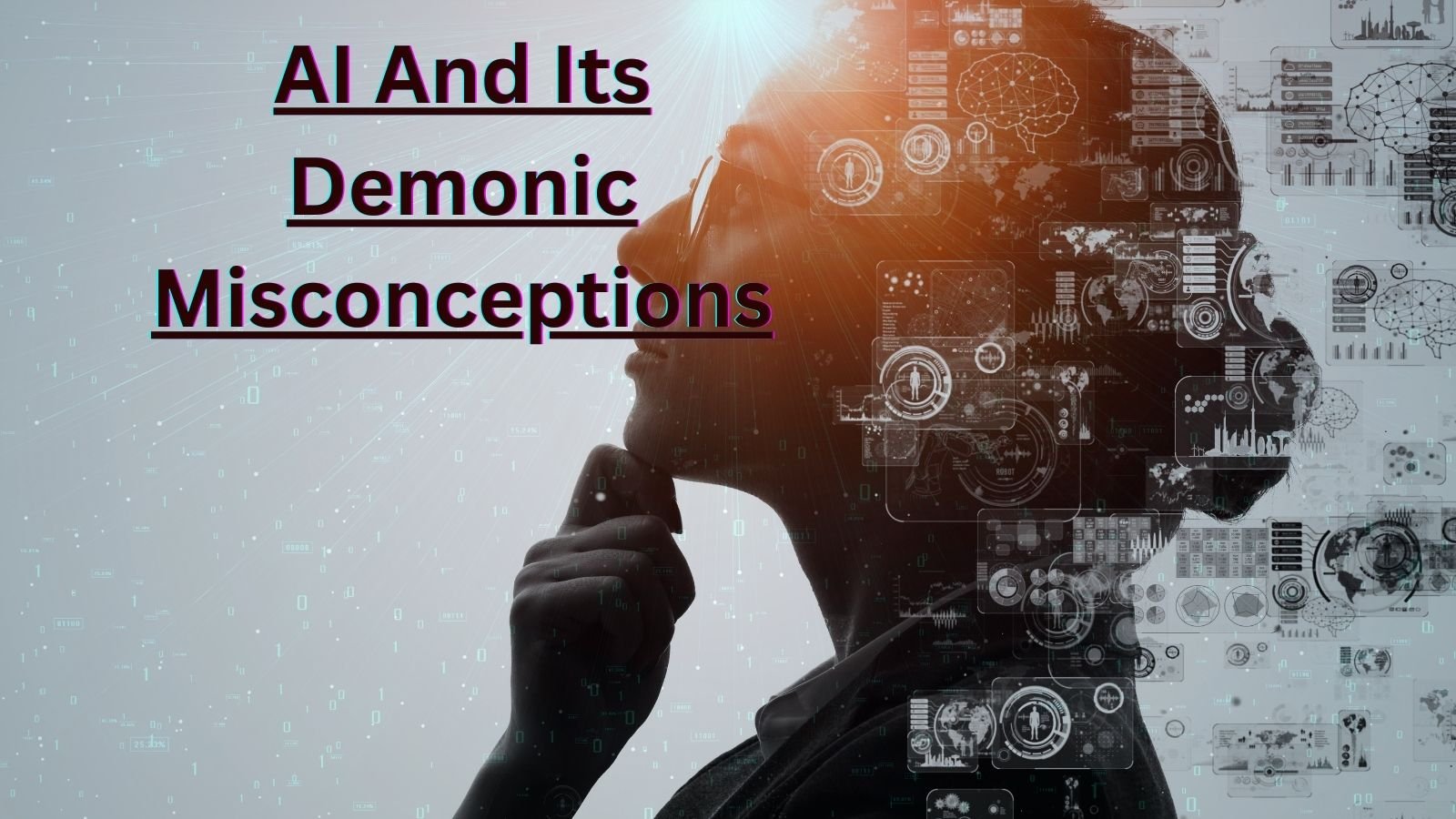



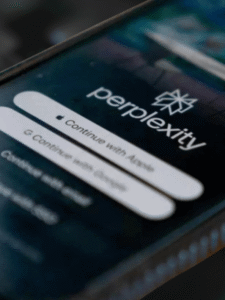








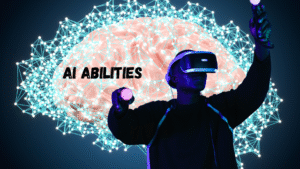


Post Comment